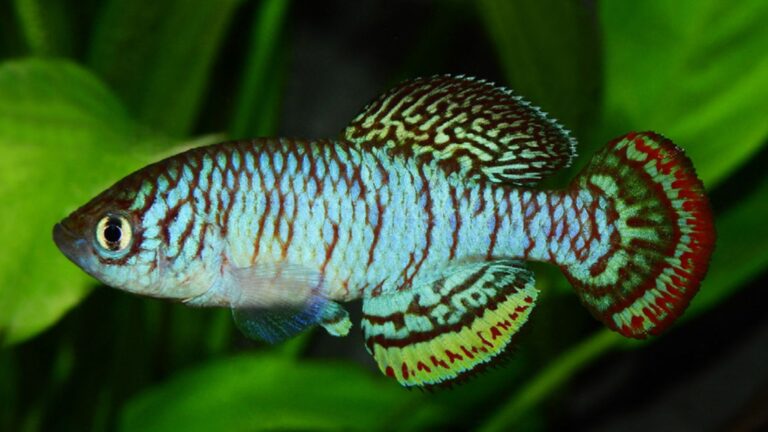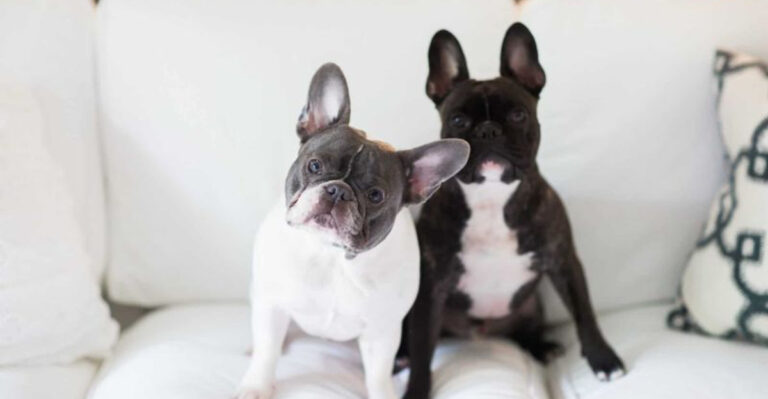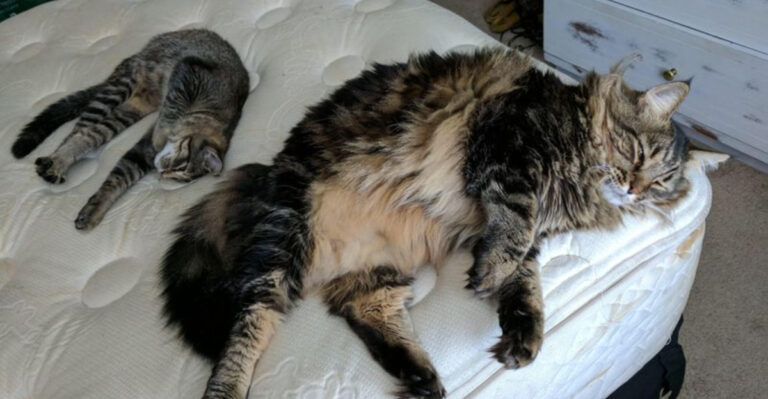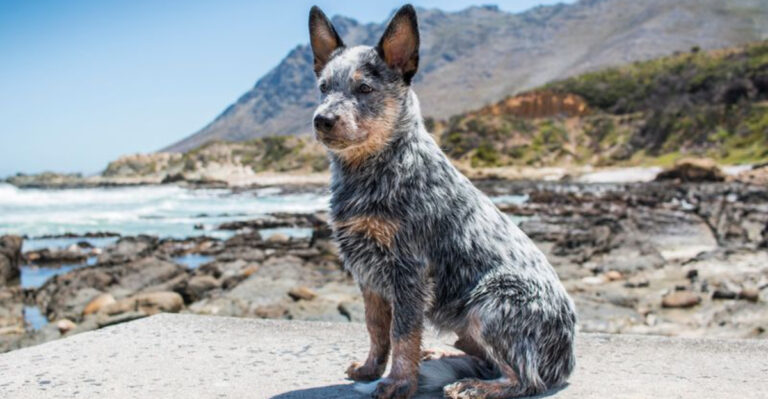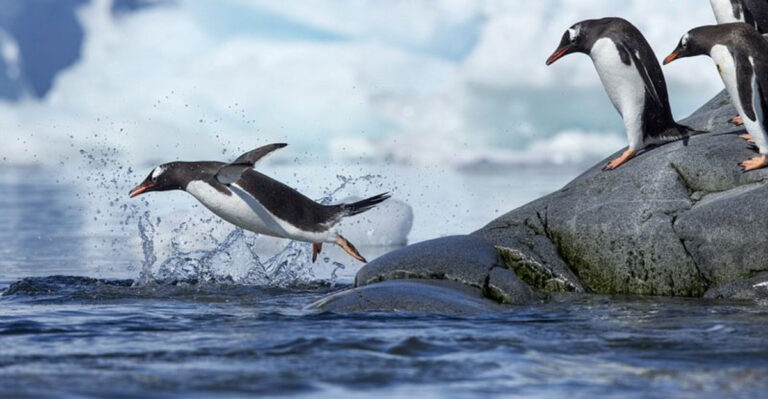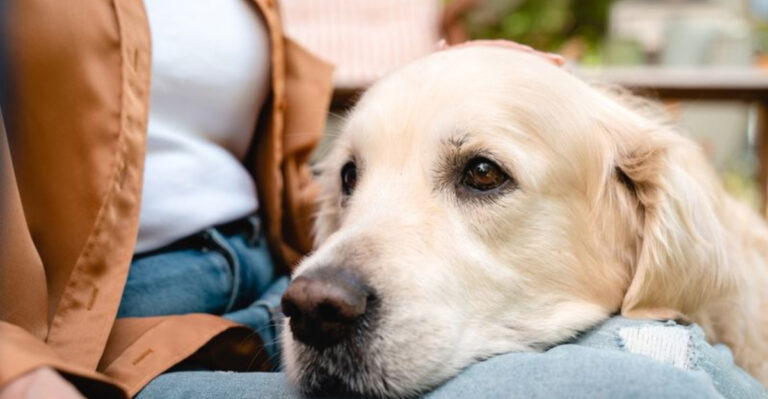9 Remarkable Facts About The Seahorse And Its Unique Reproductive System
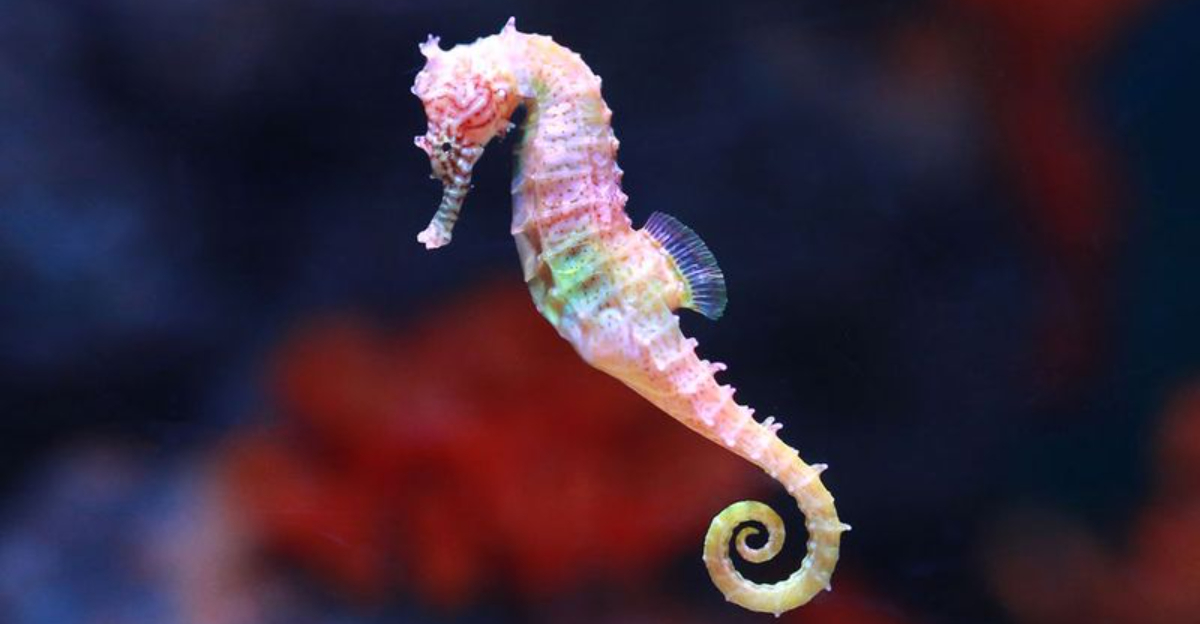
Seahorses are among the most fascinating creatures in the ocean, known not only for their distinctive appearance but also for their extraordinary reproductive system. Unlike most species, seahorses defy the typical norms of reproduction, making them a subject of intrigue and admiration.
In this article, we will explore remarkable facts about the seahorse and its unique reproductive process, shedding light on the wonders of nature.
1. Male Pregnancy In Seahorses
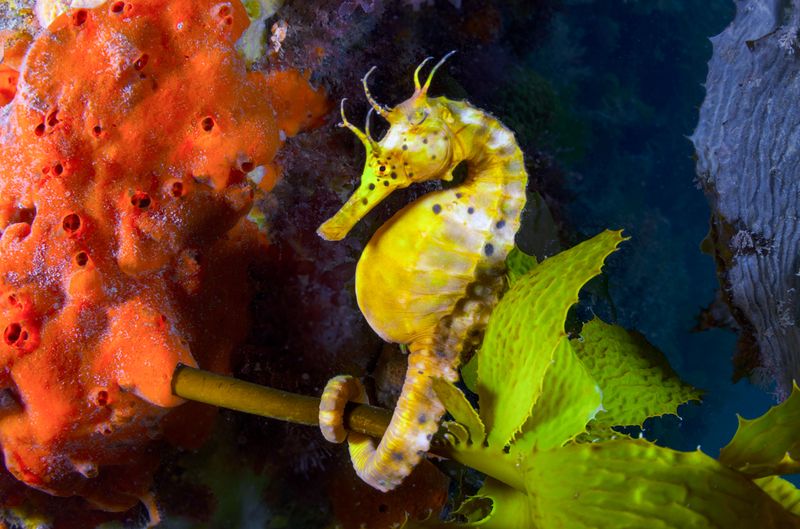
Seahorses are unique in the animal kingdom for their unusual reproductive role reversal, where males become pregnant. The male seahorse possesses a specialized brood pouch where the female deposits her eggs.
After fertilization, the male nurtures the developing embryos for several weeks, providing nutrients and oxygen. This remarkable process culminates in the live birth of fully formed seahorse fry.
Observing a male seahorse giving birth is a rare and fascinating event, showcasing nature’s creativity. Such an adaptation is not only intriguing but also serves as a testament to the diversity of reproductive strategies in marine life.
2. Monogamous Pair Bonds
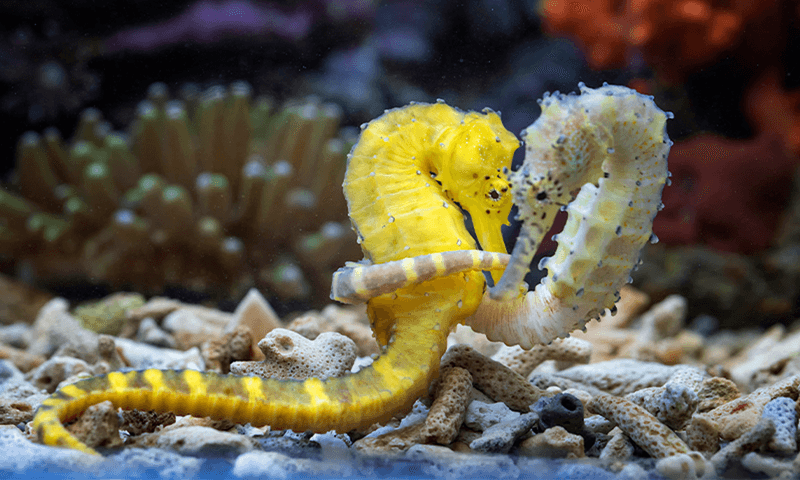
Seahorses are known for forming monogamous pairs, often lasting for an entire breeding season or even for life. These bonds are strengthened by daily greeting rituals where the pair performs a courtship dance, often involving color changes and synchronized swimming.
This strong pair bond ensures reproductive success and enhances the survival of their offspring. Monogamy in seahorses is rare in the animal kingdom and highlights the importance of partnership in their reproductive strategy.
This behavior not only fascinates researchers but also adds an endearing quality to these enchanting sea creatures.
3. Unique Courtship Dances
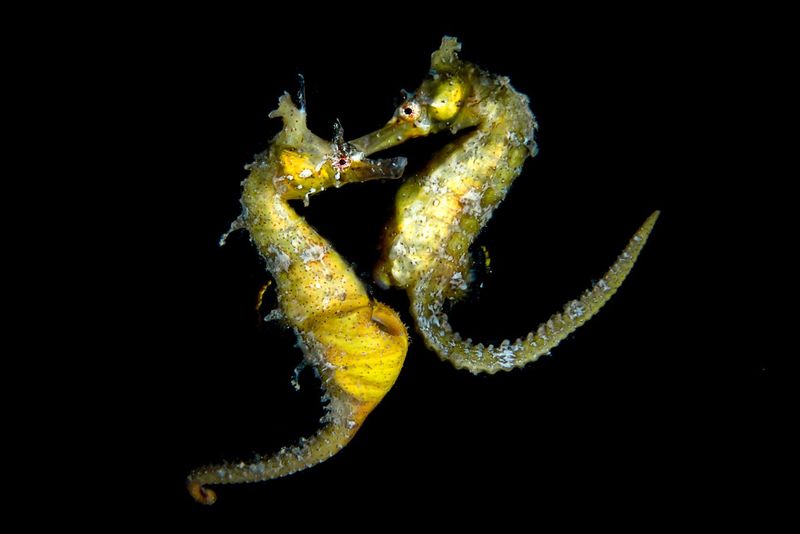
Before mating, seahorses engage in elaborate courtship dances that can last several days. These dances involve synchronized movements and color changes as the pair spirals around each other.
Such dances are not merely for show; they are crucial for synchronizing the reproductive cycles of the male and female.
Through this intricate dance, the pair establishes a strong bond, ensuring successful egg transfer. This ritual is a captivating display of affection and coordination, reflecting the deep connection between mating partners. These dances exemplify the delicate balance of cooperation in the natural world.
4. Brood Pouch Adaptations
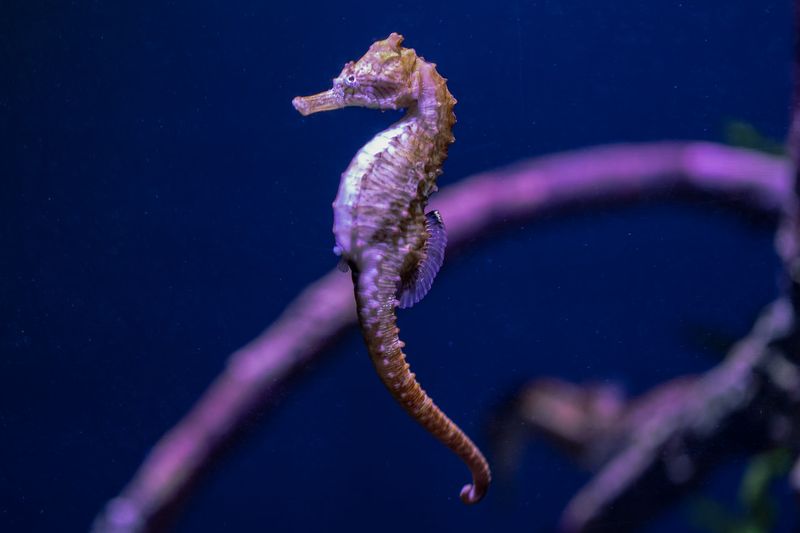
The seahorse’s brood pouch is a marvel of evolutionary adaptation, providing a safe haven for developing embryos. This specialized structure is rich with blood vessels, facilitating nutrient and gas exchange.
During pregnancy, the male seahorse regulates the salinity within the pouch to prepare the young for life in the ocean.
This unique adaptation not only protects the eggs from predators but also ensures optimal development conditions. The brood pouch is a testament to the innovative solutions nature can devise, allowing seahorses to thrive in their aquatic environment.
5. Birth Of Seahorse Fry
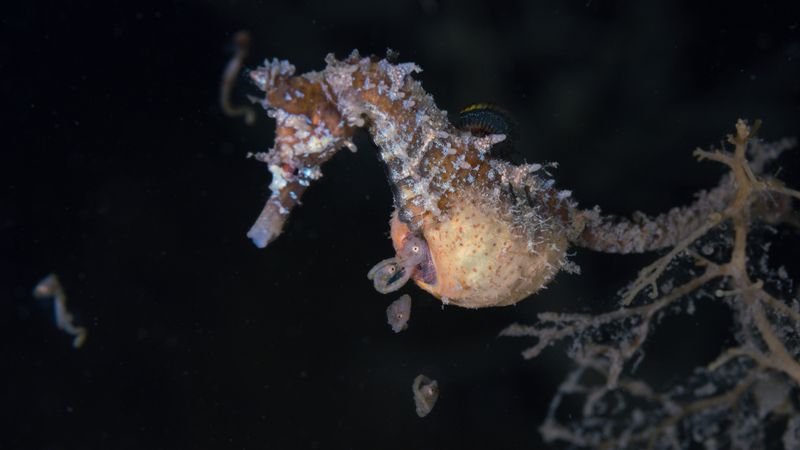
The birth of seahorse fry is a wondrous event, marked by the male’s contractions to expel the fully developed young. Unlike many fish, seahorses give birth to live young rather than laying eggs.
This adaptation reduces the vulnerability of the offspring, increasing their chances of survival. The moment when the tiny, translucent fry are released is a captivating spectacle, revealing the intricacies of seahorse reproduction.
Each birth highlights the male’s crucial role in nurturing the next generation, emphasizing the unique reproductive strategies found in nature.
6. Diverse Species Of Seahorses
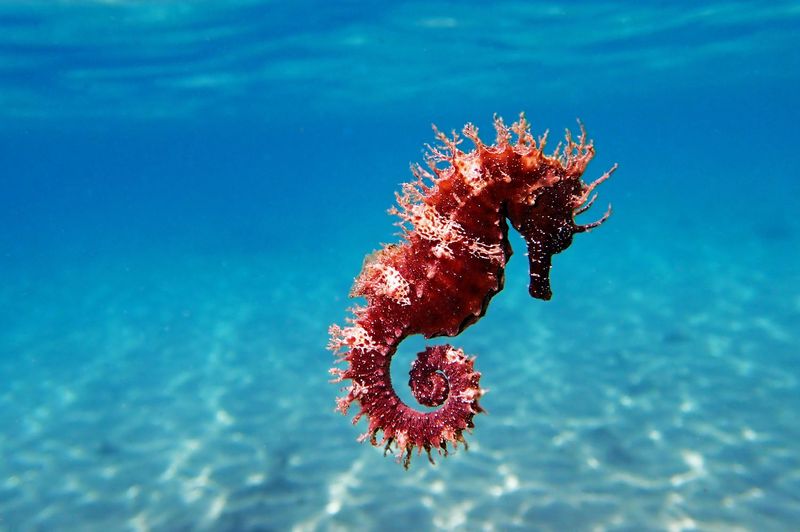
There are over 40 species of seahorses, each with distinct characteristics and adaptations. These species range significantly in size, habitat, and color, contributing to their widespread appeal and fascination.
Some species, like the pygmy seahorse, are masters of camouflage, blending seamlessly with their surroundings.
Others boast vivid colors and intricate patterns, making them a favorite among underwater photographers. The diversity among seahorse species showcases the adaptability and resilience of these marine creatures, allowing them to inhabit a variety of environments across the globe.
7. Camouflage And Survival
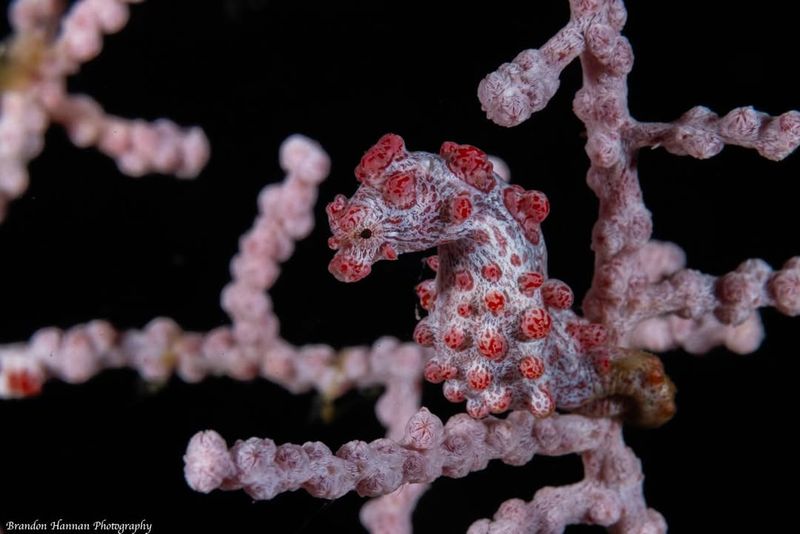
Seahorses are adept at blending into their surroundings, using camouflage as a primary defense mechanism against predators. Their ability to change color and mimic the textures of their environment helps them remain undetected.
This skill is not only vital for avoiding danger but also plays a role in their courtship rituals. Camouflage allows seahorses to thrive in diverse habitats, from coral reefs to seagrass beds.
This remarkable adaptation highlights the seahorse’s ingenuity and the complex interactions between organisms and their ecosystems.
8. Seahorse Conservation Efforts
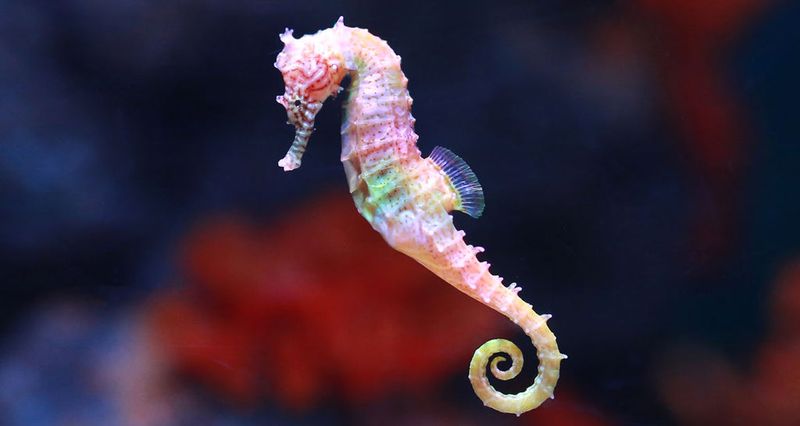
Seahorses face numerous threats, including habitat loss, pollution, and overfishing, leading to declining populations worldwide. Conservation efforts are crucial to protect these unique creatures and their habitats.
Initiatives such as habitat restoration, sustainable fishing practices, and marine protected areas are essential strategies.
Additionally, public education and awareness campaigns play a vital role in fostering community support for seahorse conservation. By safeguarding seahorses, we preserve the rich biodiversity of marine life, ensuring future generations can marvel at these extraordinary creatures.
9. Cultural Significance Of Seahorses
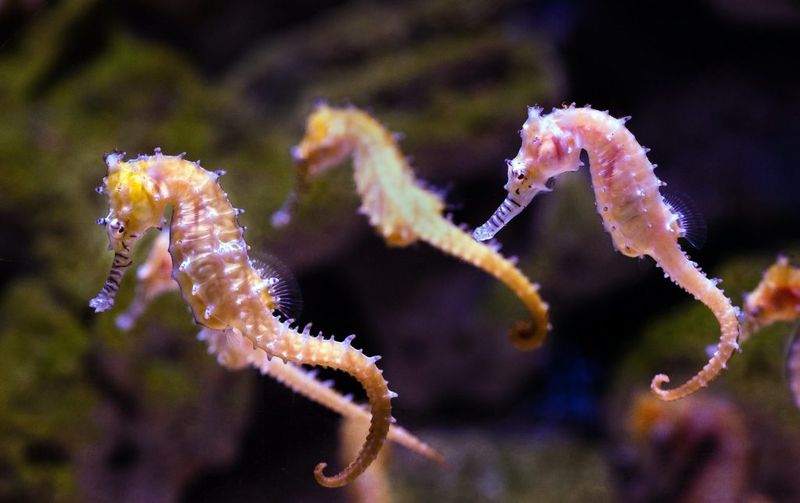
Seahorses have long been symbols of various cultural beliefs and traditions. In ancient mythology, they were seen as symbols of strength and power, often associated with the sea god Poseidon. Today, they continue to inspire art, literature, and folklore, embodying qualities of patience and protection.
Seahorses often appear in jewelry and decorative arts, symbolizing love and fidelity. Their unique appearance and behaviors have captivated human imagination across cultures, making them enduring icons of marine life.

